An unmistakable moth, the Wood Tiger is easily disturbed by day from low vegetation and in sunny weather, the males may be seen flying erratically. The female is more sluggish and is mostly active at night or in the late afternoon.
The caterpillars can be found between July and early May, overwintering in this stage as a half-grown larva, low down in the vegetation. In the spring they will pupate in a cocoon spun among plant stems before emerging as an adult a couple of weeks later.
Flight Season
Flies from late May to July in one generation.
Size and Family
- Family – Tigers and ermines moths (Arctiinae)
- Medium Sized
- Wingspan Range – 32-38mm
Conservation status
- UK BAP: Not listed
- Common resident but declining.
Caterpillar Food Plants
Caterpillars feed on a range of herbaceous plants, including Bell Heather (Erica cinerea), Ribwort Plantain (Plantago lanceolata), Greater Plantain (Plantago major), Common Rock-rose (Helianthemum nummularium), Salad Burnet (Sanguisorba minor) and Groundsel (Senecio vulgaris).
Habitat
Can be found on moorland, heathland, downland, acid grassland and other scrubby places, including open areas in woodland.
Distribution
- Countries – England, Wales, Scotland and Ireland
- Widespread but local in England and Wales but more densely distributed in mainland Scotland and Northern Ireland.
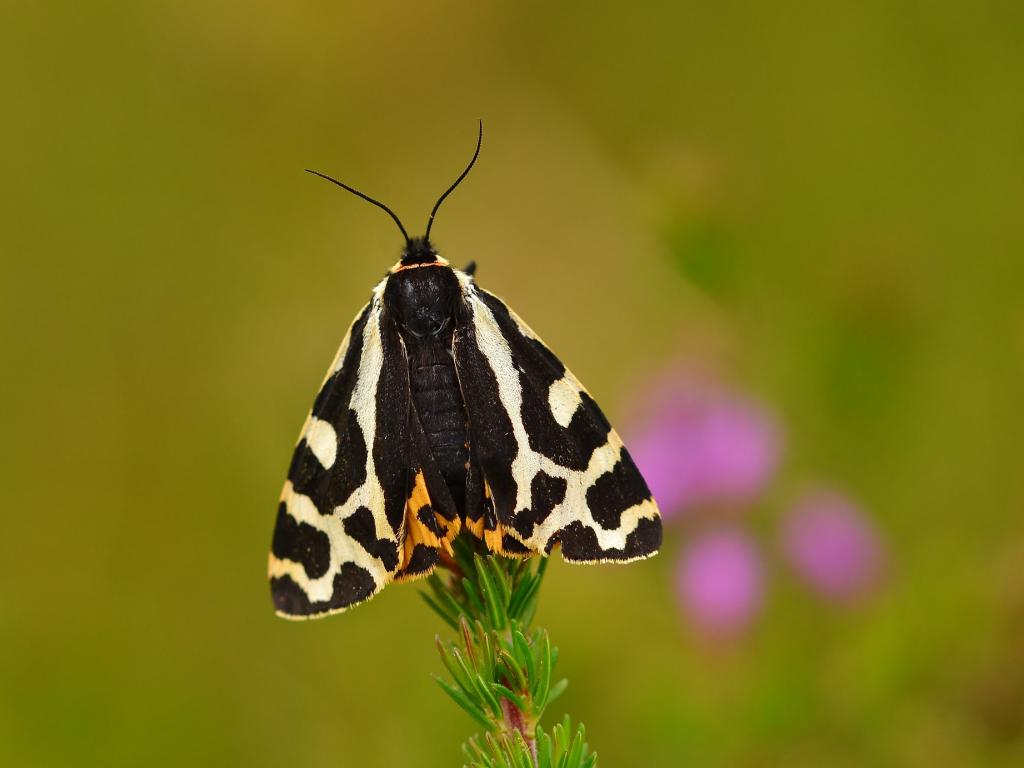
Wood Tiger (female) - James O'Neill
Wood Tiger (female)
James O'Neill
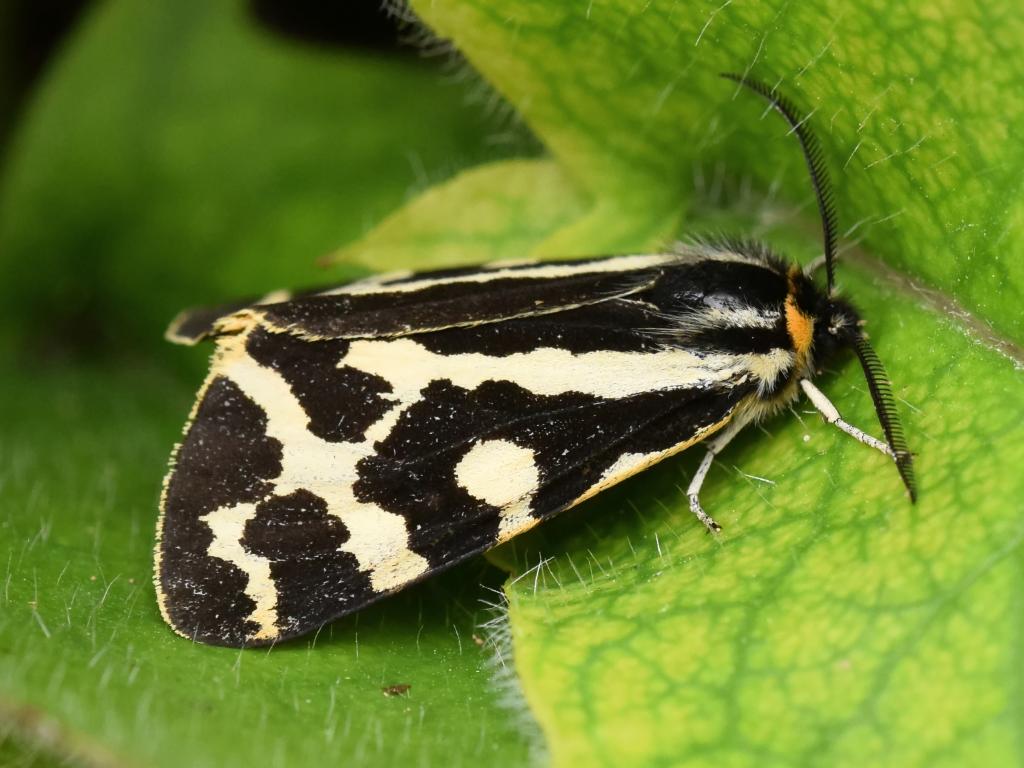
Wood Tiger (male) - Dave Clay
Wood Tiger (male)
Dave Clay
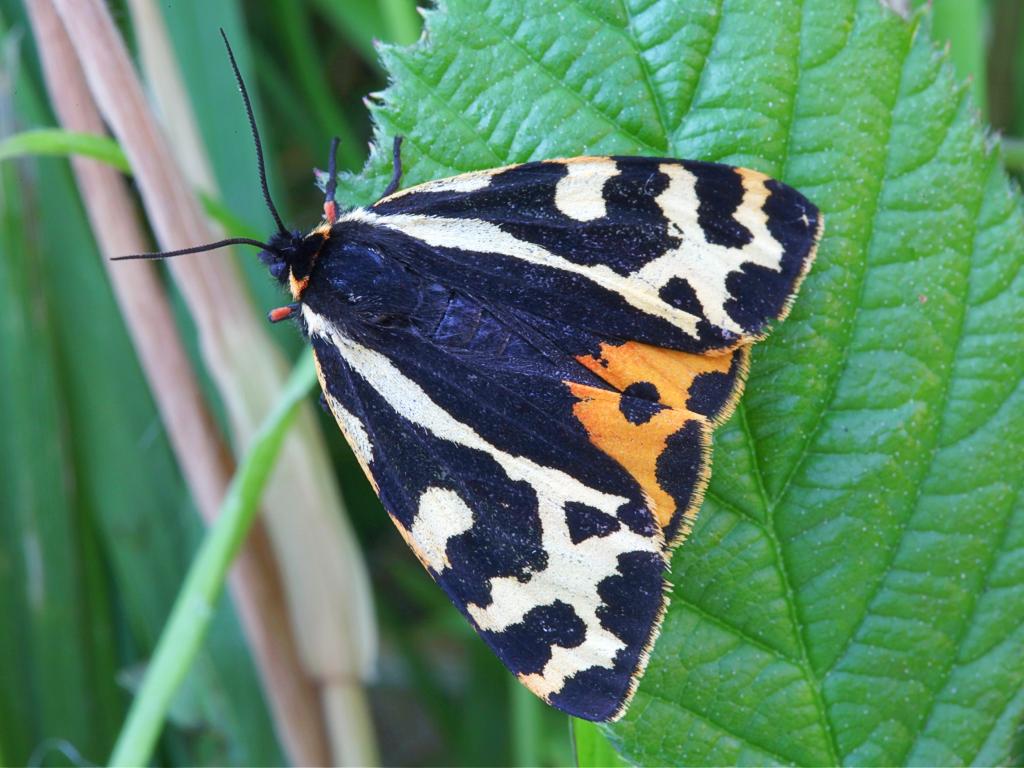
Wood Tiger - Garry Barlow
Wood Tiger
Garry Barlow
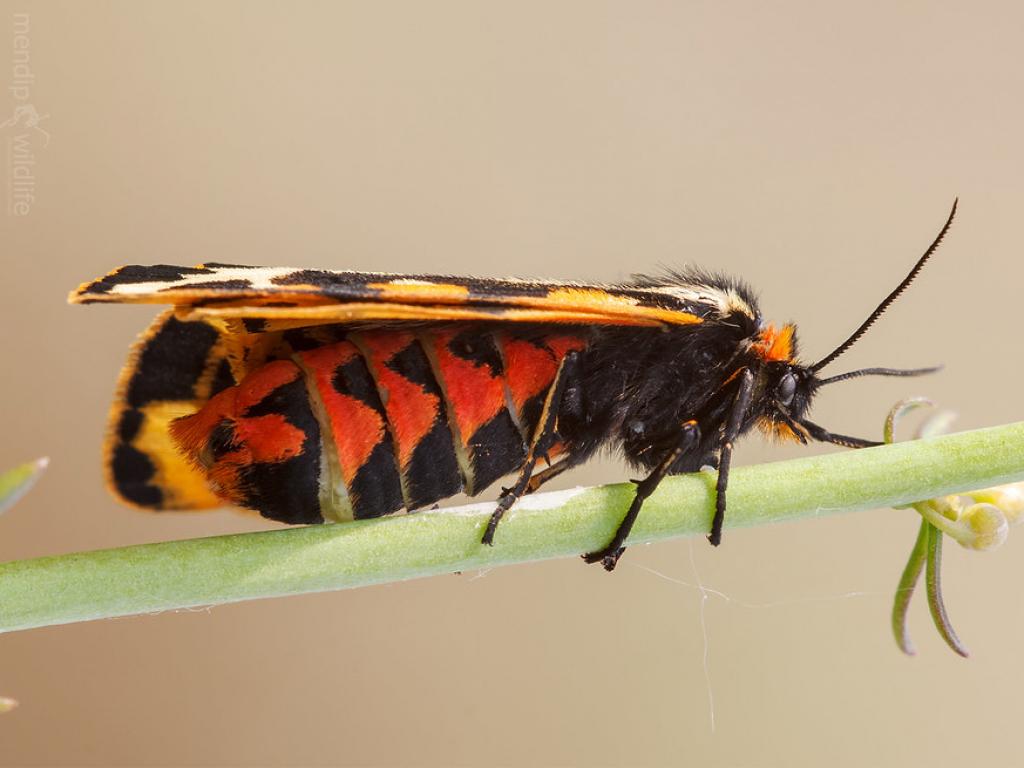
Wood Tiger - Heath McDonald
Wood Tiger
Heath McDonald
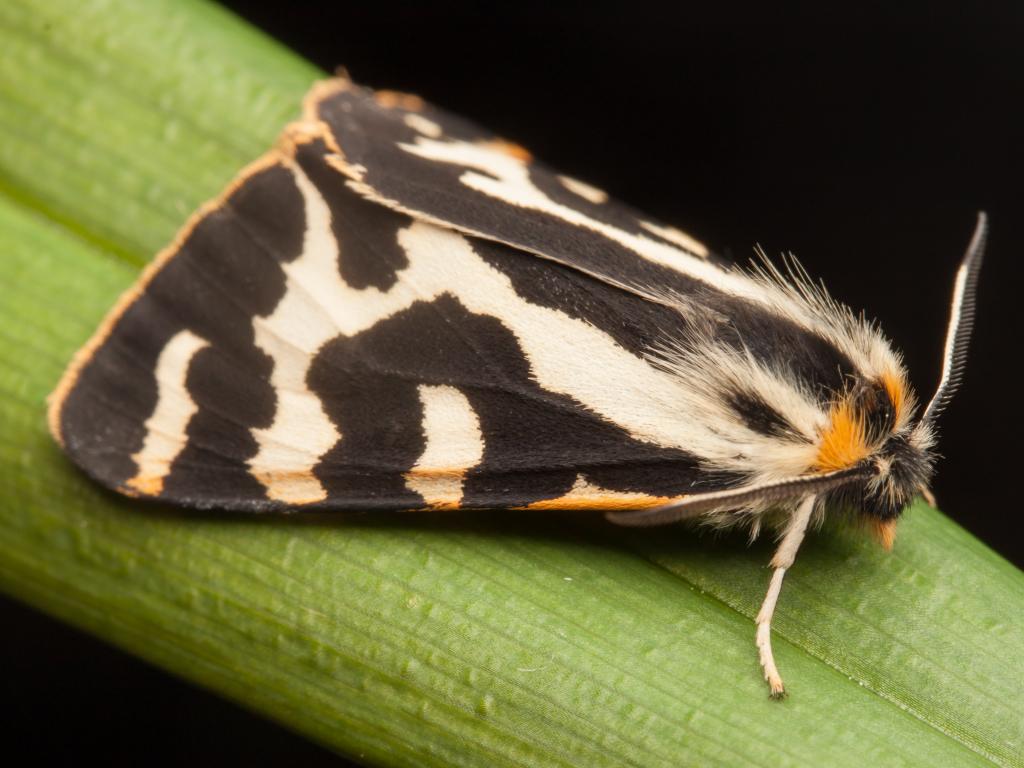
Wood Tiger - Tapio Kujala
Wood Tiger
Tapio Kujala
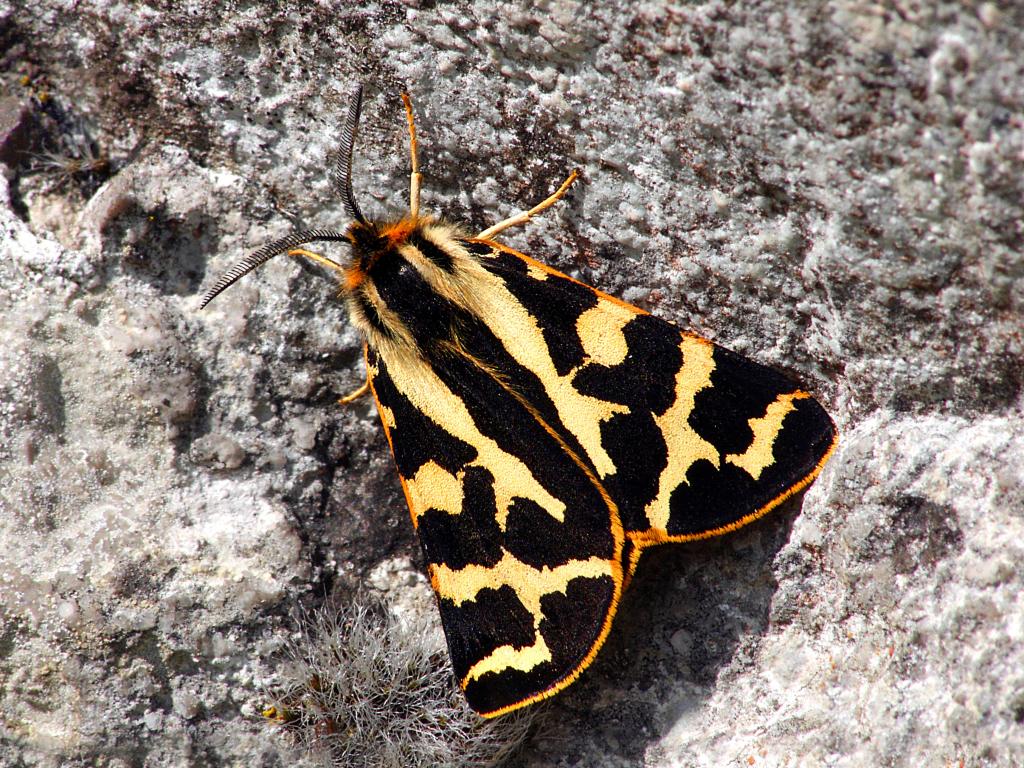
Wood Tiger - Patrick Clement
Wood Tiger
Patrick Clement
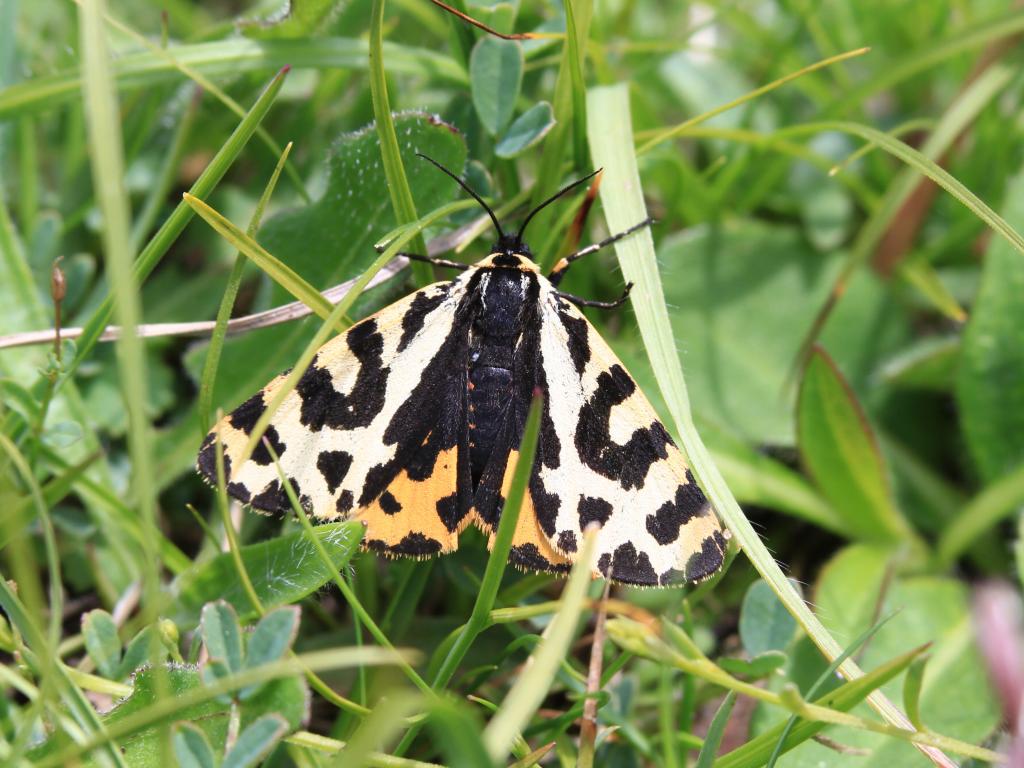
Wood Tiger (Upperwing) - Rob Sol
Wood Tiger (Upperwing)
Rob Sol
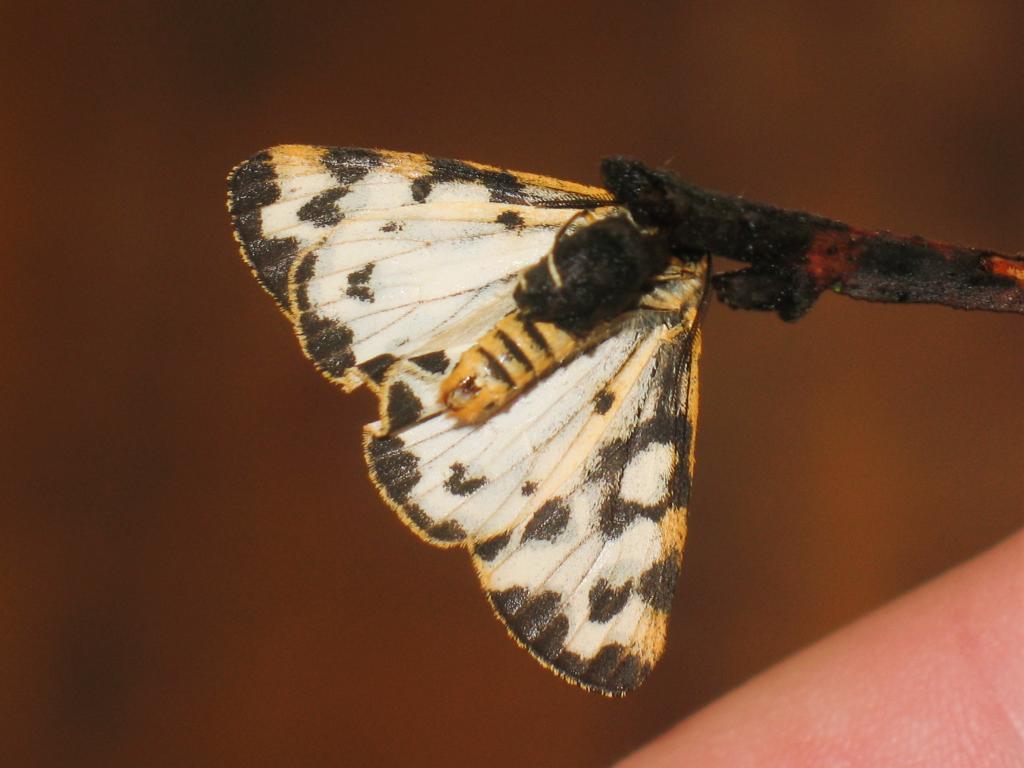
Wood Tiger (underwing) - Ilia Ustyantsev
Wood Tiger (underwing)
Ilia Ustyantsev

